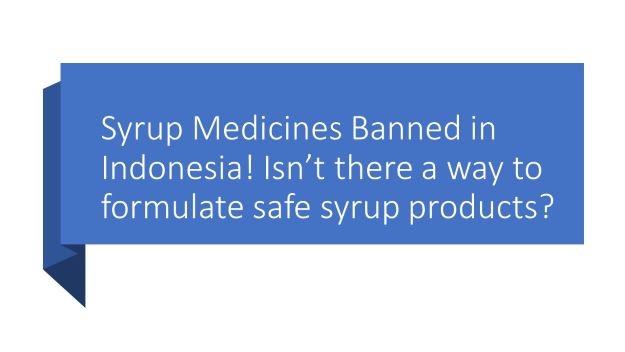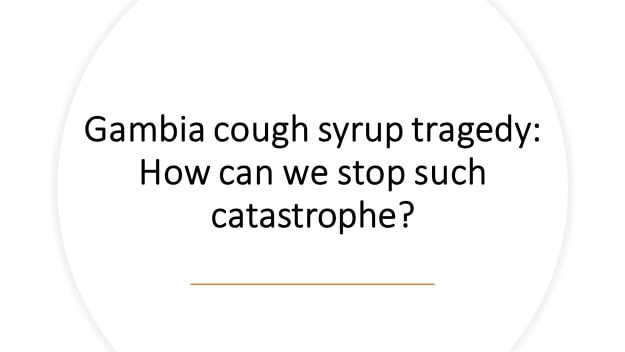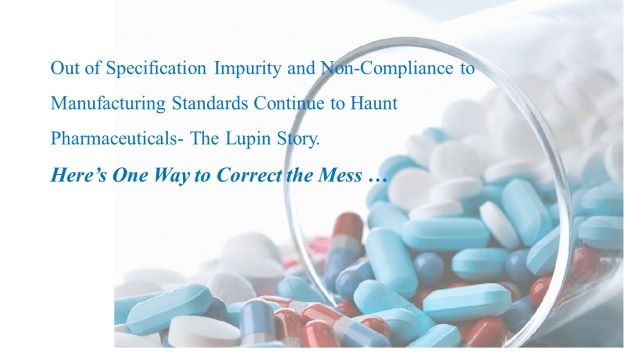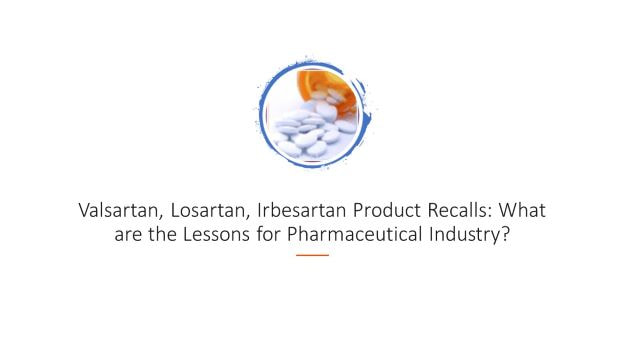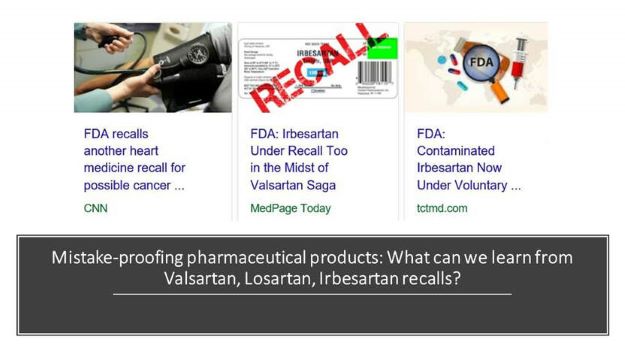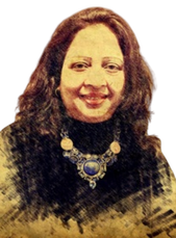Higher than accepted levels of diethylene glycol and ethylene glycol were found to be present in the products recovered from patient’s homes. Children suffering from AKI had allegedly been using syrups that contained diethylene glycol and ethylene glycol in very small amounts. Currently, there are 206 confirmed cases of AKI in Indonesia, of which 99 were fatal. However, the true number is likely to be higher.
As per the BBC news report the Indonesian authorities have so far not disclosed the brands or types of syrup medicines linked to sick children; instead, just temporarily banned the sale and prescription of all syrup and liquid medicines.
Earlier this month, cough syrup-linked child deaths were reported from African country The Gambia. The reason then was higher than accepted levels of diethylene glycol and ethylene glycol in syrups. ( A report in India's one of the leading newspaper Economic Times stated that the Medicines Control Agency MCA, has not yet found definitive links between the deaths and the cough syrup).
Unfortunately, we have been witnessing such tragedies since 1937, when the first elixir tragedy was reported in the United States.
Further to that, compliance procedures and regulations were strengthened, and for a few decades, it has helped bigtime in curbing such fatalities.
Over the years, pharma operations have graduated from ‘quality control’ to ‘quality assurance’ and now ‘quality-by-design’. One of the fundamental principles of quality-by-design (QbD) while formulating drug products is that safety is built-into the product by design. But then a quick question that pops up in my mind is- Are syrups safe?
In my view and I'm sure you will agree with me, there can be no justification to such tragedies. As an operational excellence leader, I believe that in addition to ensuring cGMP and quality compliance while manufacturing drug products, it is probably the need of the hour to re-think formulation strategies for syrup medications.
Go for syrups sans propylene glycol!
This is surely a challenge for pharma formulation development scientists, but it will be efforts worthwhile. Firstly, it will stop such potential tragedies and secondly, syrups shall truly become patient-friendly!
Follow Shruti on Twitter, Facebook, YouTube, LinkedIn
Categories: Life Sciences | Mistake-Proofing
Keywords and Tags:
#Indonesiabannedsyrupmedications #AKItragedy #AKIchilddeaths #acutekidneyinjury #AKI #Gambiatragedy #coughsyruplinkeddeaths #diethyleneglycol #mistakeproofingprocesses #cGMP #GambiaChildDeaths #reformulationstrategiesforsyrups #quallitybydesign #QbD

